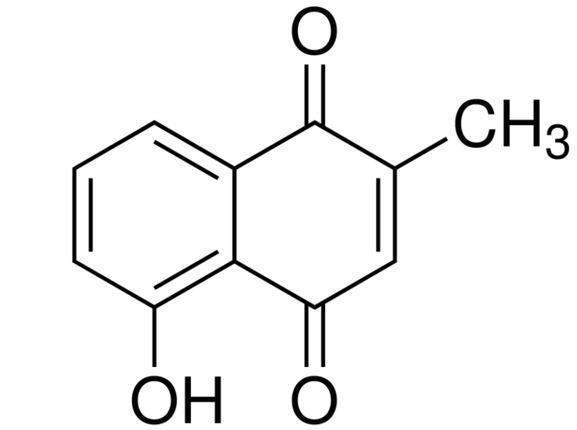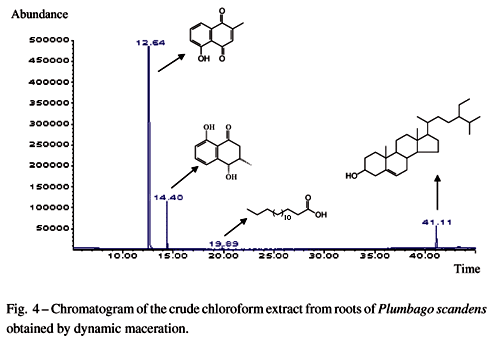Formula C11H8O3 | Molar mass 188.1794 g/mol | |
 | ||
Plumbagin or 5-hydroxy-2-methyl-1,4-naphthoquinone is an organic compound with the chemical formula C
11H
8O
3. It is regarded as a toxin and it is genotoxic and mutagenic.

Plumbagin is a yellow dye, formally derived from naphthoquinone.
It is named after the plant genus Plumbago, from which it was originally isolated. It is also commonly found in the carnivorous plant genera Drosera and Nepenthes. It is also a component of the black walnut drupe.

Pharmacologic properties
The following properties were described in various cellular and animal models:



References
Plumbagin Wikipedia(Text) CC BY-SA
